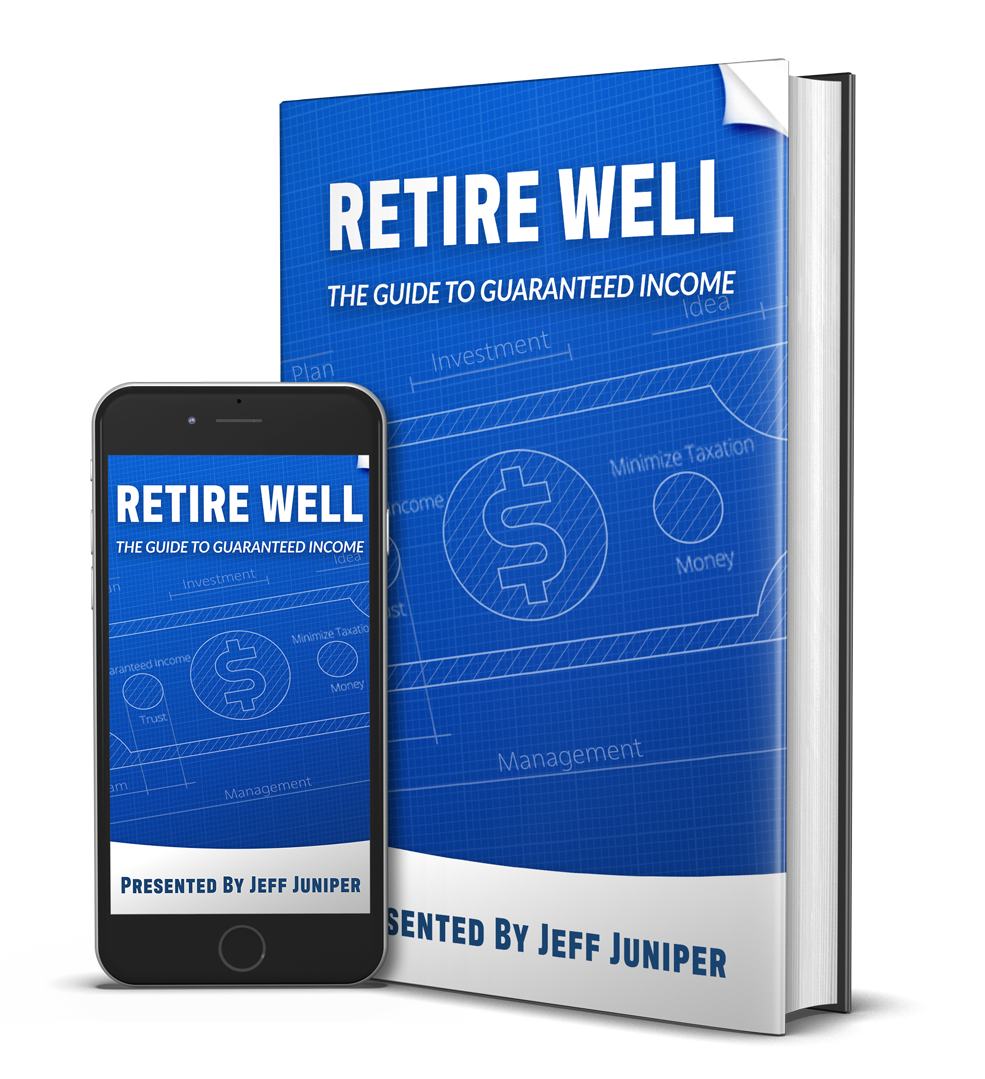Fixed annuities are safe. Insurance companies as a whole have a long history of stability, even during periods of market volatility. Fixed annuities are backed by the full faith and credit of the insurance company, unlike variable annuities
There are many differences between the two. The most important difference is that the principal is protected with a fixed indexed annuity, but is subject to market ups and downs with a variable annuity.
Your deposited premium and all contract provisions are guaranteed by the issuing insurance company with a fixed annuity. That’s why it’s important to research the financial strength and ratings of the issuing company.
A free look provision allows a set period of time of typically 10 or more days to review your contract and reverse your purchase decision if you desire. Every state requires insurance companies to provide a free look period, and offer a full refund during the period.
There are no fees, upfront loads, or sales charges with a fixed annuity. 100% of the principal goes into a contract with no expenses charged to the contract owner. Only optional riders may come with extra cost.
A hybrid annuity is another term for a fixed index annuity with an optional rider added to it.
A CD annuity is a term for a multi-year guarantee annuity with a guaranteed interest rate for a set number of years.
An income rider is an optional benefit that can be added to an indexed annuity contract, usually for a fee. It’s designed to help generate a higher level of guaranteed lifetime income at a future date, regardless of the performance of the underlying accounts.
Most annuities have 3 to 10 year surrender terms, but some annuity products can surrender terms as long as 16 years.
Yes, we often help our clients do this.
Interest on earnings is tax-deferred if you purchase an annuity with non-qualified funds and leave your interest earnings inside the contract to grow and don’t withdraw. You will pay tax on earnings when you do choose to withdraw funds.
No. Annuities are not insured by the FDIC or any other federal government agency and are not guaranteed by any bank or credit union.
All insurance products, including annuities, are regulated at the state rather than the federal level. Each state has a Life & Health Insurance Guaranty Association that backs fixed annuity products up to certain dollar limits.
Free penalty withdrawal provisions vary from one annuity to the next, but most annuities have some provision. Usually, contract holders can withdraw up to 10% of their account value per year without penalty.
Many (but not all) annuities have living benefits, or enhanced withdrawal provisions, for certain catastrophic life events such as extended nursing home stays or terminal illnesses
Nearly all annuities will pay your beneficiaries your full account value, without penalty, upon your passing.
An immediate annuity is designed to provide a guaranteed income stream, typically for an individual or couple, with payments starting in less than a year. Immediate annuities can also pay out income for a specified amount of time.
Both guarantee a predetermined fixed interest rate for a specific number of years, but a CD is issued by a bank while an annuity is issued by an insurance company. Interest earnings are tax-deferred with an annuity but are not with a CD.
An exclusion ratio is the percentage of an annuity income payment that is considered a return of premium and is therefore not taxed.
If you are transferring money from another financial institution to fund your new annuity purchase, the issuing insurance company will typically allow you to lock-in their current interest rate for up to 45-60 days pending receipt of your transferred funds. When your funds arrive within the allowed time frame, you will receive the locked in rate or the current rate then available, whichever is higher.
Qualified funds are those contained within a tax-qualified account, such as an IRA or 401k. Non-qualified funds are everything else.
Life Only is one of the many payment options available when structuring an immediate income annuity. Guaranteed income payments will be made to you for as long as you are living and will cease upon your passing with a Life Only payment option.
1035 is a section of the tax code that allows for the tax-free exchange of non-qualified funds from one annuity contract to another. If money is transferred directly from the old insurance company to the new insurance company, the tax-deferred status of the account remains intact.

